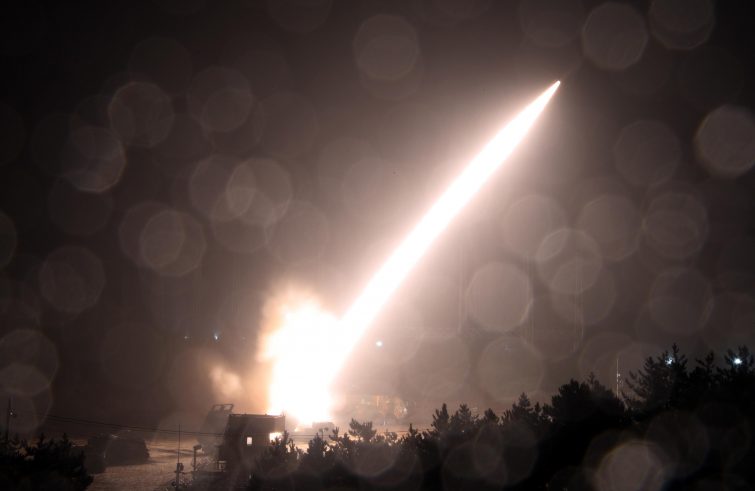
There is tension again in the Sea of Japan. In the early hours of today South Korea and the United States launched four surface-to-surface missiles. However, the military maneuvers came close to tragedy. A South Korean missile crashed to the ground in Gangneung, in the northeast of the country, sending residents of the coastal town into a panic. Although the missile did not explode and fortunately there were no deaths or injuries, the noise and subsequent fire led many to believe it was a North Korean attack. Later, the Seoul General Staff disclosed that it was an accident and apologized. The joint exercise was organized in response to the launch of an intermediate-range ballistic missile (IRBM) fired by North Korea over Japan on Tuesday, Oct. 4, prompting Tokyo to outright issue evacuation alerts for residents. Seoul and Tokyo said the missile flew about 4,600 km, probably the longest distance ever for a North Korean test. Officials and experts said it was probably an IRBM Hwasong-12, a missile with a range capability that could even reach U.S. bases in Guam. The test triggered a very strong international reaction. U.S. President Joe Biden and Japanese Prime Minister Fumio Kishida criticized the launch “in the strongest terms” while South Korean President Yoon Suk-yeol called it a “provocation.” The United States called for the convening of an urgent meeting of the United Nations Security Council today.
“It is nothing new, it was something we all expected,” begins Antonio Fiori, who teaches international relations of Asia at the University of Bologna (Department of Political and Social Sciences). The scholar is quick to point out that tensions have risen considerably following the resumption – after a five-year period – of joint U.S.-South Korean military exercises in the area. Exercises that have become trilateral and anti-submarine, with the involvement of Japan. And last week, U.S. Vice President Kamala Harris visited Seoul including going to the demilitarized zone in a trip undertaken to underscore the U.S. commitment to South Korea’s defense.
These exercises have evidently infuriated North Korea, which sees them as rehearsals for an invasion. After all, there are about 28,500 U.S. soldiers stationed in South Korea.
So if Pyongyang’s launch is “a predictable response” to military movements in the area, according to Professor Fiori, “the test that was carried out tells us something new. Normally when the North Koreans launch, they avoid flying over the Japanese archipelago. This time, however, the missile flew all the way over the archipelago to plunge into the Pacific Ocean.
This is by design. And the message they is clear: everything that’s around us is in our crosshairs.”
While the message is clear, the dialogue between all parties is dead in the water. Kim Jong-un is imposing very firm conditions on the talks, but the U.S. has no intention of softening sanctions unless North Korea starts a serious de-nuclearization process. “It is obvious,” the expert notes, “that the United States, South Korea, and Japan must respond to North Korean provocations, but it is also true that North Korea’s provocations will not stop here. There will be more. And perhaps more dangerous ones.” “We scholars have been watching nuclear test movements for months and we can say that Pyongyang is ready for a seventh test. They will do it. It’s all a matter of when,” Fiori warns. In a context of frozen dialogue and military tension, the only viable way forward is, for the expert, to “avoid any form of retaliation. North Korea has no active aims and what it does, is to demonstrate strength externally but also internally. It is better to lower tension than to raise it. We are in an already highly charged area. We saw what happened in Taiwan.
We must all then work at multiple levels for the establishment of dialogue and peacemaking rather than instead reviving practices that in the distant and recent past can lead to loss of control and bring us to even more confrontational situations.”












